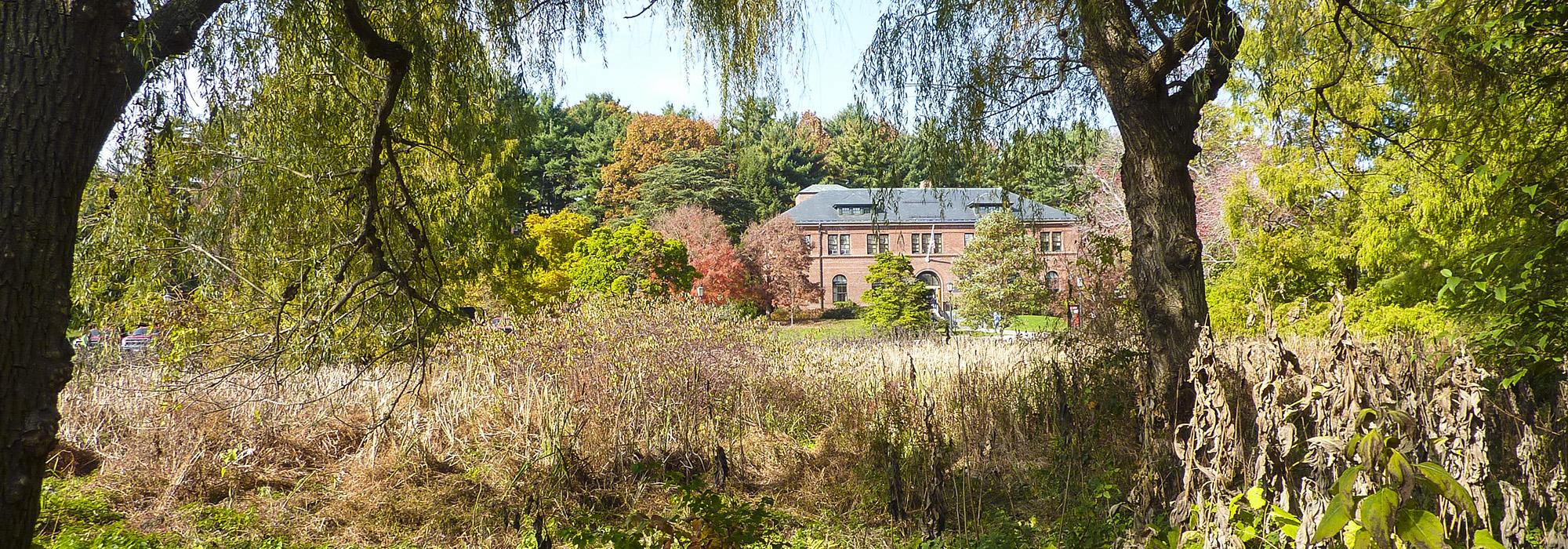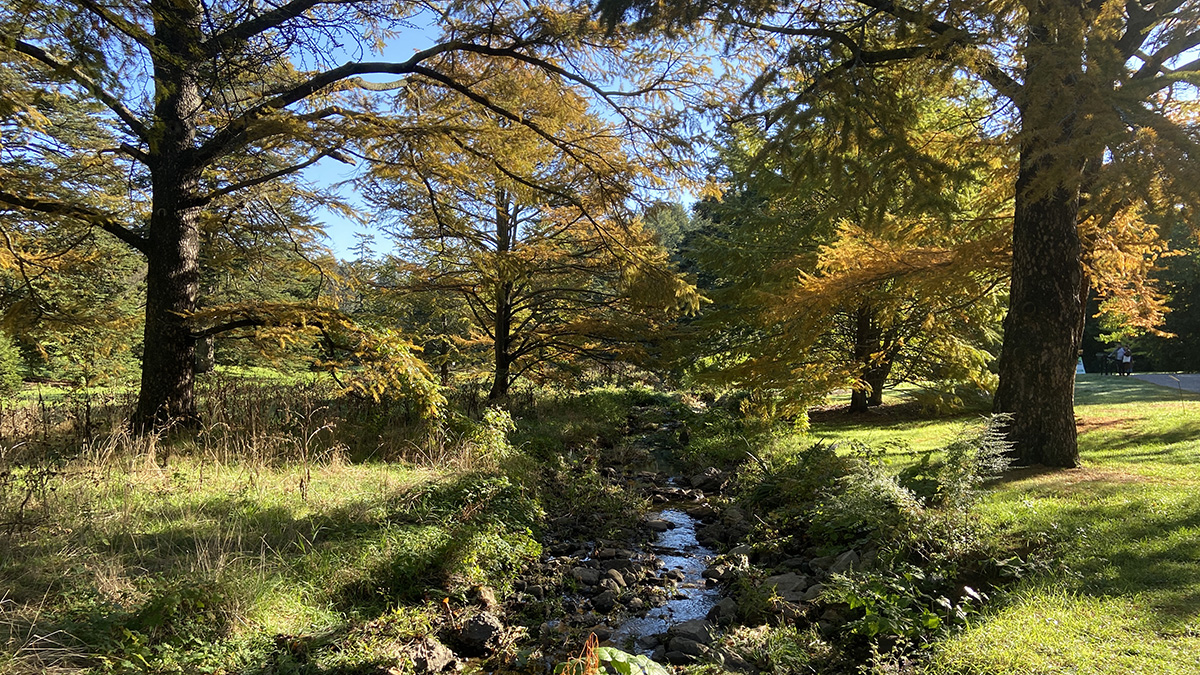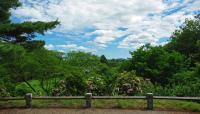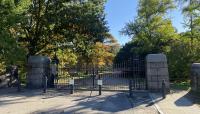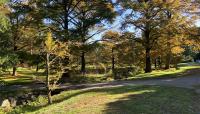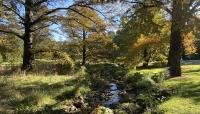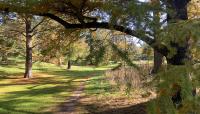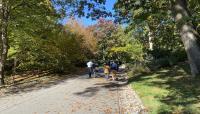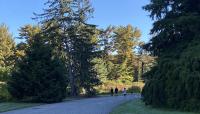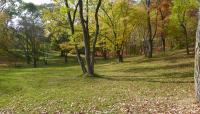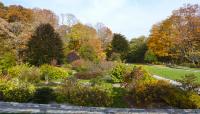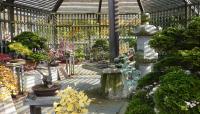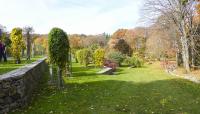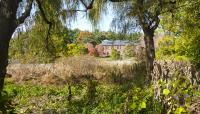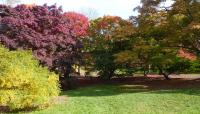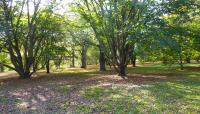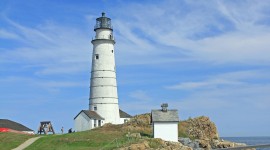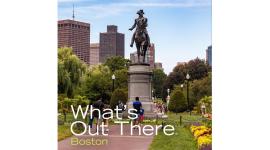Landscape Information
A 120-acre portion of James Arnold’s estate was transferred to Harvard College in 1872 to create an arboretum. Charles Sprague Sargent, its first director, together with Frederick Law Olmsted, Sr., penned a thousand-year lease agreement in 1882 between Boston and Harvard in which the land became part of the Emerald Necklace while the Arboretum retained control of the living collections. The city was to provide maintenance in exchange for public access. The overall design was intended to be Naturalistic, fitting with existing topography and vegetation. The main road presented the collections sequentially according to genus. Entirely surrounded by a stone wall, the various entry gates were largely designed by the Olmsted firm, though the South Street entrance is attributed to architect H.H. Richardson. Other structures include three simple boulder culverts serving as bridges, all designed by John Charles Olmsted. In 1895, additional lands were purchased and designed by the Olmsted firm. In the 1940s, Beatrix Farrand added the Meadow Road azalea border. In 1974 Shurcliff, Merrill, & Footit redesigned the summit of Bussey Hill, adding seating. Over time the Arboretum grew to 281 acres, and reflects the work of many Boston-area landscape architects. This includes the Blackwell Footpath and two ornamental entrances designed by Brown, Richardson + Rowe, the Hunnewell Visitor Center by Carol R. Johnson Associates (now IBI Placemaking) in the 1990s, and the three-acre Leventritt Garden by Reed Hilderbrand in 2007. In 1965 it was listed as a National Historic Landmark and in the National Register of Historic Places the following year.



